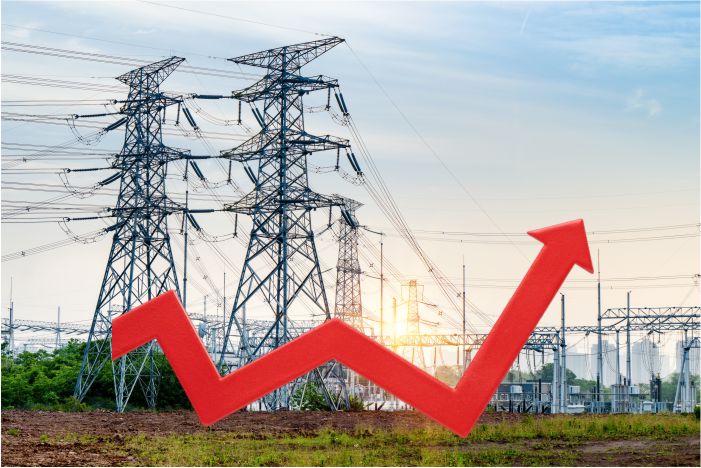Requesting a load increase from an electricity service provider involves upgrading the capacity of your electrical connection to meet higher energy demands. This process typically starts with submitting a formal application detailing the required increase and the reasons behind it, such as expanding business operations, adding new equipment, or increased household consumption. The service provider then assesses the existing infrastructure to ensure it can support the additional load and may require an inspection of your premises. Depending on the findings, upgrades to transformers, wiring, or other components might be necessary. Once approved, the provider schedules the upgrade, often requiring coordination with local authorities to minimize disruption. A load increase ensures a reliable power supply, preventing outages and supporting the efficient operation of all electrical devices.

Statutory compliances with an electricity service provider refer to the legal obligations and regulations that individuals or organizations must adhere…

Helping with registrations for an electricity service provider involves assisting individuals or businesses in the process of applying for and…

Reconnecting electricity before or after a permanent connection typically involves restoring power to a property that has been disconnected, either…

Surrendering an electricity connection involves formally terminating the service with the electricity provider. This process begins when the customer submits…



